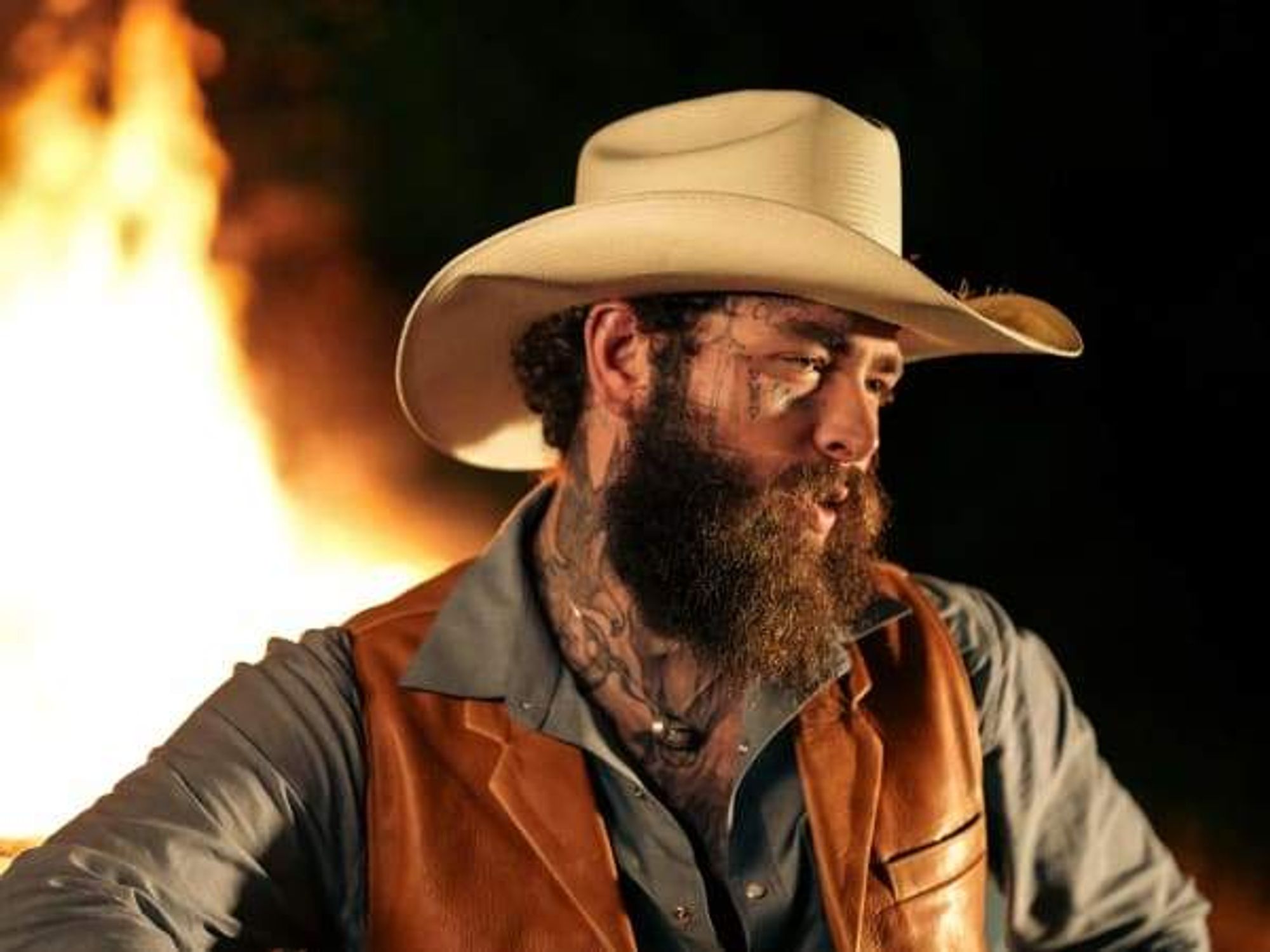Monte's The Man
Cowboys finally get something right by hiring experienced defensive coordinatorMonte Kiffin
 New Dallas Cowboys defensive coordinator Monte Kiffin brings with him more thana decade of success in Tampa Bay with his well-respected Cover 2 defense.Dallascowboys.com
New Dallas Cowboys defensive coordinator Monte Kiffin brings with him more thana decade of success in Tampa Bay with his well-respected Cover 2 defense.Dallascowboys.com Rob Ryan was a blustery carbon copy of his father, Buddy.
Rob Ryan was a blustery carbon copy of his father, Buddy.
Rarely are the words “philosophical change” backed up with such swiftness. Jason Garrett posed those two words in a press release describing a reason why Dallas Cowboys defensive coordinator Rob Ryan was fired on January 8.
Three days later, defensive coordinator Monte Kiffin agreed to take the job. Rob Ryan was a blustery carbon copy of his father, Buddy, who wielded the 3-4 defense and his long locks with the sort of gravitas you might expect from the son of the guy who once put a bounty on a Cowboys kicker, an act for which folks in these parts have never forgiven.
Monte Kiffin is one of the architects of the Cover 2 version of the 4-3, a relatively quiet individual who lets his defenses speak for themselves, sports a head of hair that looks like your quirky uncle’s and a voice that sounds like sandpaper has been applied to it for 20 years.
Philosophical change, eh? How about opposite ends of the spectrum?
Kiffin is as close to a perfect hire as the Cowboys could get.
Yet, from here, I think Kiffin is as close to a perfect hire as the Cowboys could get.
I have a little local knowledge here. When I covered the Tampa Bay Buccaneers from 2004-07, Kiffin was the defensive coordinator. He was one of the best in football.
A stellar résumé
Kiffin's defenses were always among the top 10 in the NFL in terms of yardage allowed and points allowed. They did one additional thing that he Cowboys didn’t last year — created turnovers.
You’ll hear a lot about the Cover 2 in the coming days. That’s what Kiffin will bring with him to Dallas, along with his decades of experience. You’ll read plenty of breakdowns of what the defense is and what it’s trying to do.
But take it from someone who covered those teams for four years. It’s a relatively simple base defense. It’s predicated on the defensive line applying pressure at the line of scrimmage while the linebackers and defensive backs make plays.
The way Kiffin coaches it is what makes it work. It sounds like a passive defense, because pass coverage is based on covering an area and not a player. But Kiffin coaches it in a way where his players are allowed to be aggressive and create turnovers.
Kiffin coaches his players to be aggressive and create turnovers.
I would say the defense when I first arrived in Tampa was better than the defense the Cowboys have now. But as time went on, the Bucs lost players to free agency and retirement and had to replace them with younger ones.
Kiffin got them to buy into his system and to play at a high level. It didn’t matter who Kiffin had on his roster. He found a way to put them in a position to make plays.
A flawless reputation
I remember 2007, the year the Bucs won the NFC South with 14 players on injured reserve. Kiffin’s defense was ranked No. 3 in points allowed and No. 1 in yards allowed per play as he integrated two rookies and six new starters into his defense.
That’s important because there could be some turnover on defense in Dallas. Some of it might be related to the salary cap. Some of it might be related to the type of players Kiffin wants on defense. But he proved to me in Tampa Bay that he would work with anyone.
One last thing. Much has been made of his age. Yes, he’s 72. But even in his mid-60s in Tampa he was one of the best-loved coaches on that Bucs team. I never heard a single player say anything with a tone other than respect for Kiffin. Some of those guys loved him like a father.
He helped them succeed, but he also took care of them. His personality didn’t command the spotlight, nor did he want it. Kiffin loved to coach, talked to the media when it was necessary and went home. He connects with players because he respects them and supports them, not because he’s hip.
He handled his business at a high level in Tampa Bay for more than a decade. There’s nothing to suggest he won’t do the same thing in Dallas.
